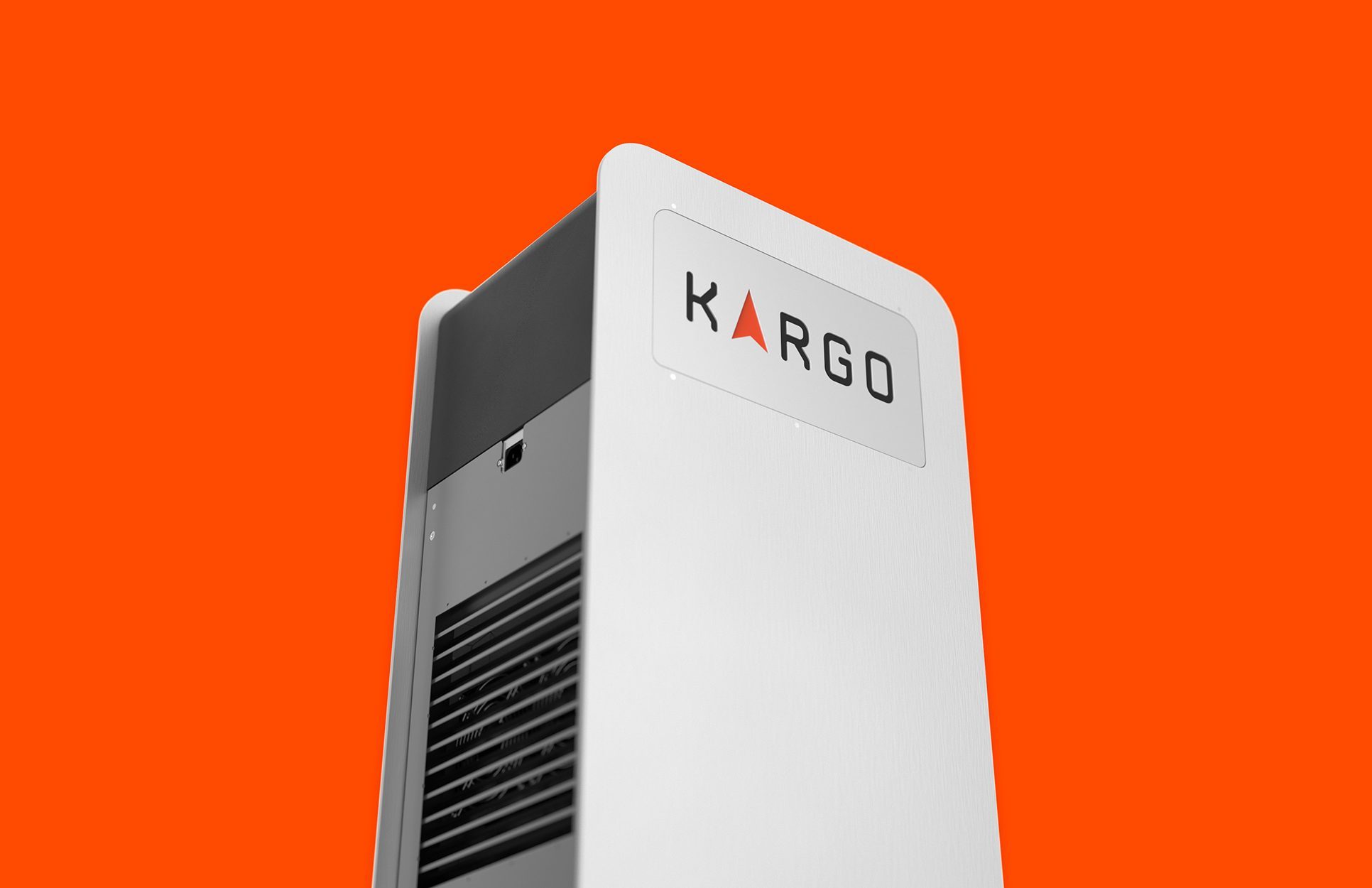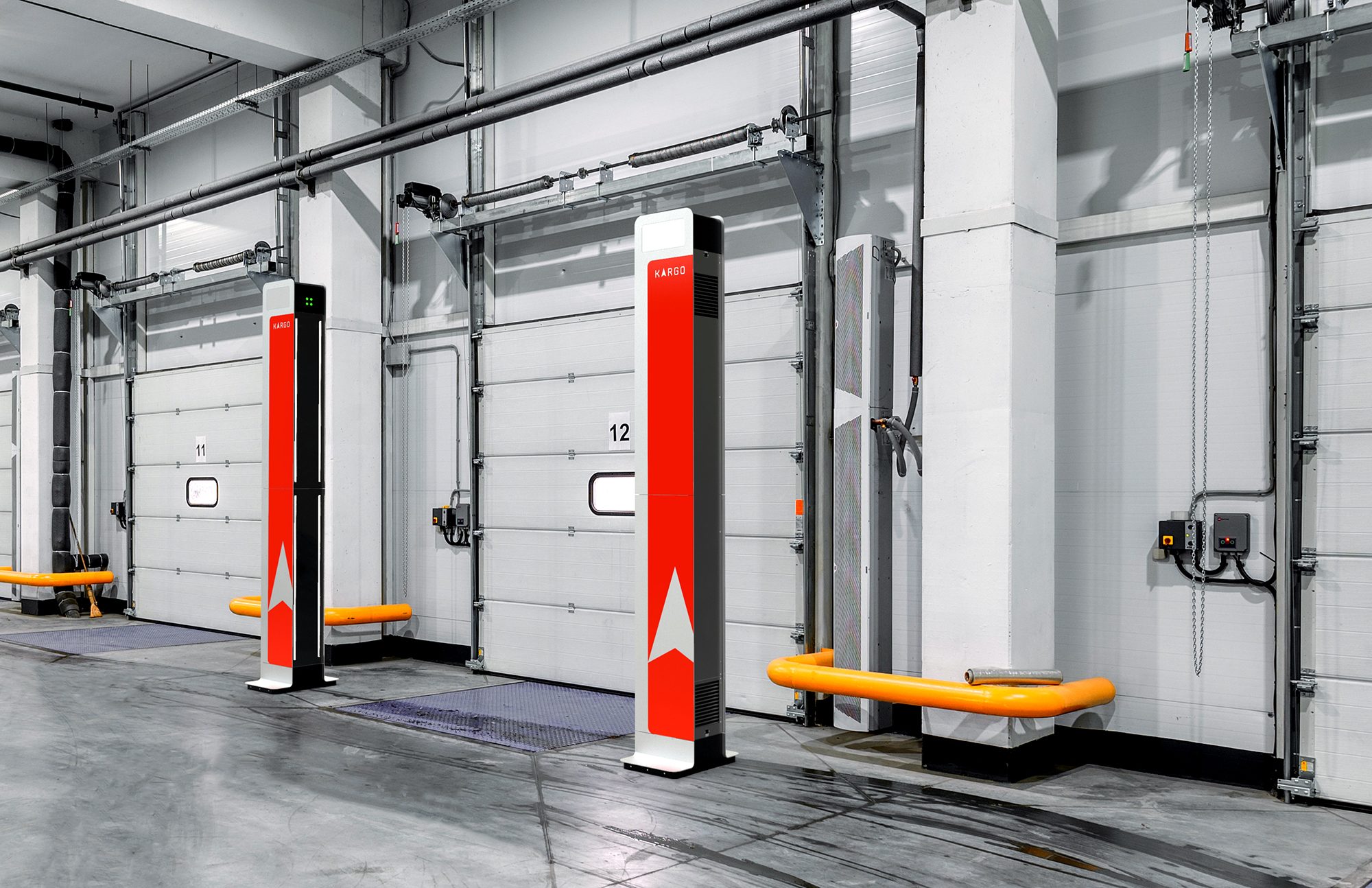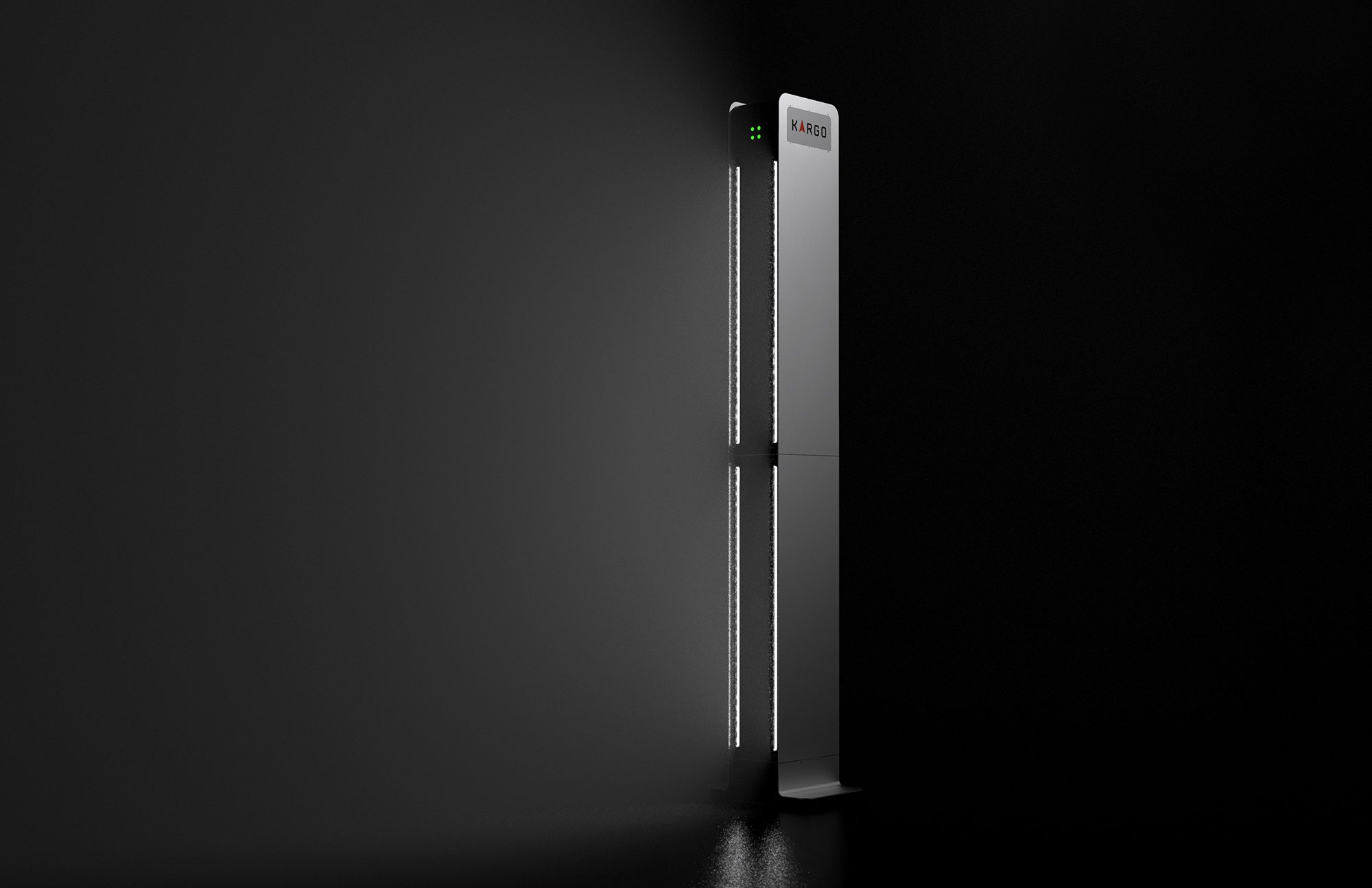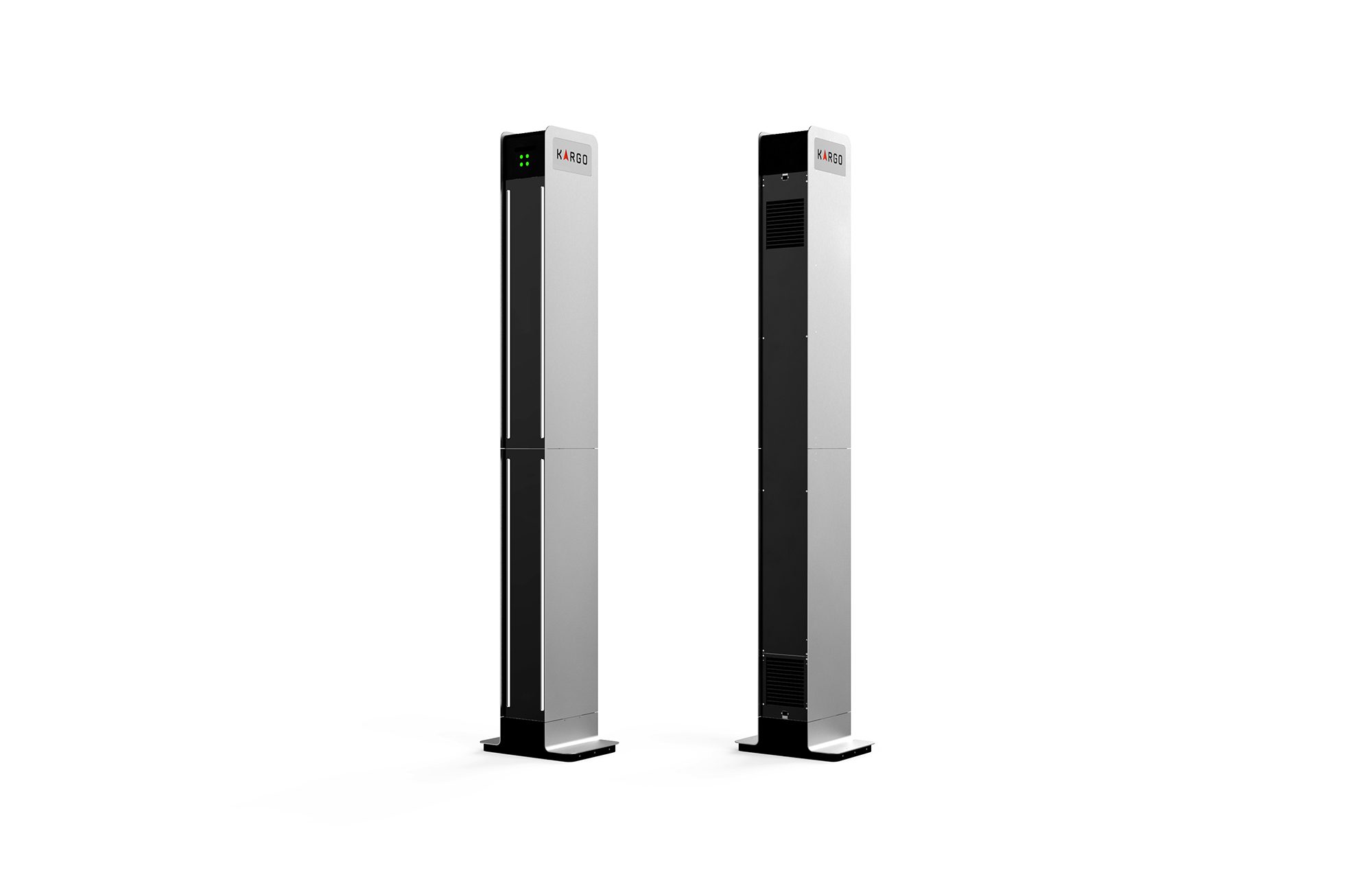
You’ve probably noticed how reports about supply-chain disruptions are dominating the news. Fortunately, one of You has probably noticed how reports about supply-chain disruptions are dominating the news. Fortunately, one of our newest clients has stepped up to curb the chaos. Kargo, a supply chain visibility startup based in San Francisco, is building an integrated hardware and software solution to bridge the gap between the physical world of logistics and the digital platforms used to manage it. I’m incredibly proud of the work our team was able to achieve in-house, which includes industrial design development, thermal and mechanical engineering, as well as two rounds of prototyping, through to production transfer. Perhaps most impressive of all: we completed this intricate multi-tasking within an eight-month timeframe!
Completion in Record Time
“Most companies need four or five iterations to accomplish what Tark and his team did in only two,” says Rodrigo Barriuso de Juan, Kargo’s lead DFM Engineer. “We gave them a simple design concept and our teams collaborated seamlessly to complete complex functions in record time.”
Here is a brief description of Kargo’s hardware-software innovation.
Kargo verifies and inspects freight at the loading dock door using computer vision techniques powered by data gathered by Kargo’s sensor towers. All information captured by the towers is aggregated, operationalized, and accessible on Kargo’s dashboard, providing real-time data and visuals for their customers. This not only automates inbound and outbound processes but also provides visibility into freight and facility operations. Kargo’s integrated hardware and software product connects the physical world of freight with the digital ecosystem used to manage it.
Collaboration is Key
While the result for customers is quick and easy, developing this complex system required every ounce of our ability and expertise. That is why collaborating with best-in-class design researchers, industrial designers, mechanical, electrical, and thermal engineers as well as supply chain experts were key to this multi-tiered project’s success.
Another challenge was ensuring structural integrity. To accomplish this, we performed several rounds of structural computer simulations, in the event of an earthquake or impact load from a forklift, for example. Here again, persistence and careful attention to detail produced outstanding results.


